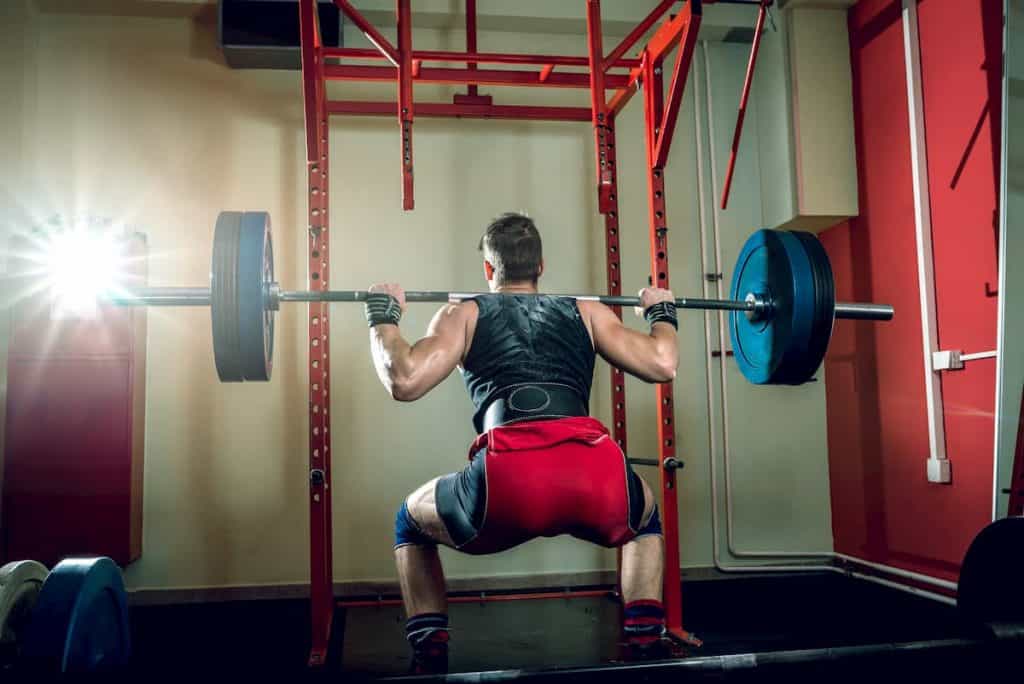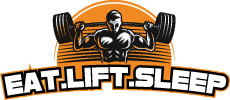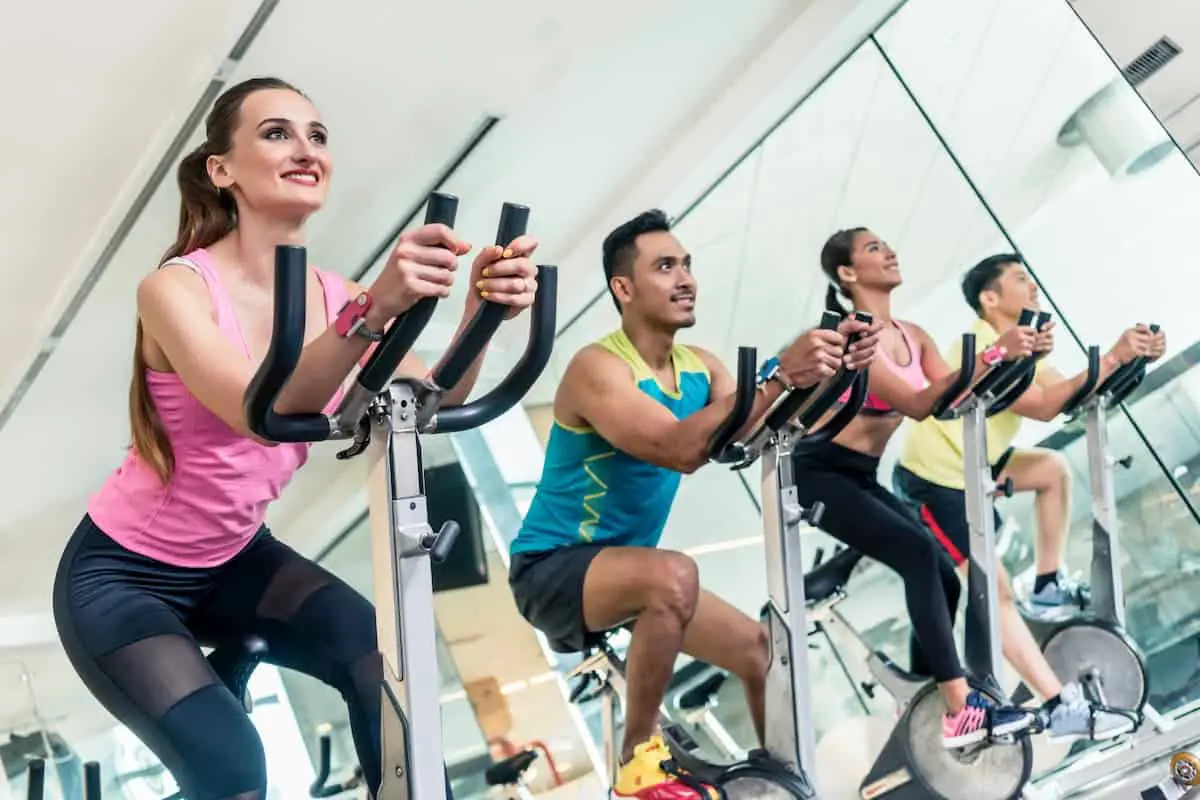Leg days are the most challenging days of your workout schedule, growing muscle mass on your legs takes a serious effort and will. If you want the entirety of your body to be covered in healthy muscles, then this area of exercise you can’t ignore.
Is running after leg day a good idea? Your results will dictate the benefits or drawbacks to running after lifting on leg day. You will lose muscle gains possibly by not allowing your recovery to proceed as it should, but for fat loss it may provide you benefits. It is advised to not do hard cardio the day after to allow muscle recovery.
Many people tend to instead ignore or don’t pay attention to this vital section and end up with muscle loss. Leg days are everyone’s least favorite but, at the same time, very crucial to perform.
Legs are composed of Quadriceps, Gluteus Maximus and Medius, calves, and hamstrings. People tend to ask whether it is alright or not to perform other activities such as running and cardio after working out on your legs. Let’s discuss in detail all the effects involved.

The Pros of Running after Leg Day
We shall divide all the overall effects of running after leg day into pros and cons; running is one of the best cardio exercises for the body’s overall fitness; you can run outdoor or on a treadmill. Either way, it’s good exercise. Let’s see how it impacts your leg day positively.
Helps You Burn Fat
Since your body has burned all the glucose and calories during the leg workout, when you run, it shifts it’s focus towards the fat in your body for its primary source of energy, thus helping you in weight loss.
For people exercising to achieve fitness and loss their fat, this is a great idea. Along with the decrease in unnecessary calorie intake, burning more than the calories you ingest is necessary to remain fit and healthy, and this method can help you achieve that.
Keeps You Fit
An extended duration of cardiovascular ability keeps your heart and lungs healthy and increases your stamina. Following the amount of running prescribed weekly to individuals will help you stay in good shape internally.
Ensures a Speedy Recovery
Running after a heavyweight leg workout increases your legs’ blood flow in your quadriceps and calves and other muscles. This helps you reduce the soreness you feel after leg day.
Your stressed muscle tissues need a lot of nutrients to repair themselves and start functioning normally; the increased blood flow helps to supply those muscle tissues with the required nutrients.
Drinking water and running helps you get rid of the lactic acid, which has to build up in your muscles due to hard workout. Lactic acid is a waste product that builds up in your muscles during long, hard durations of workout.
This lactic acid causes the soreness you experience during your workout, breaking it down with the increase of blood flow and water intake helps you decrease the soreness and makes you feel at ease. This way, you can recover sooner and train your legs again.
The Cons of Running after Leg Day
Now, let’s move on to the other side. Running after leg day certainly has a lot of benefits up for consideration, but it might also impact your body negatively in certain conditions.
Might Obstruct the Recovery Process
Running it not done in a limited proportion might do the total opposite of recovery and could lengthen the amount of time required for your muscle fibers to heal.
Your leg muscles need a lot of time to recover from the leg workout and running if done in proportions, which are not reasonable can impede the recovery process, which could lead you to stop your training mid-way temporarily.
Your body requires approximately 24-48 hour duration to heal them muscle fibers and prepare the body for another round, running if done too hard during this section will put additional strain on your muscles to heal from, which will then require a greater amount of time to heal from, which can compromise the flow of your workout routine.
It’s recommended that running should be done in reasonable proportions, one which doesn’t affect your overall muscle training and growth. An excellent short amount of running exercises will be healthy for your legs, but the same will compromise your weight training when done in a greater amount.
Might Cause Slower Rate of Muscle Growth
For people looking to gain a lot of muscle mass, i.e., bulking up, this is pretty much the end of the discussion. While losing fat requires one to burn up more calories than the number of calories one’s ingesting, gaining muscle mass demands precisely the opposite of that.
Gaining muscle mass requires tons of calories and energy to use from so it can construct new muscle fibers, and running after leg day uses up all this energy to facilitate running, leaving nothing for new muscle fibers.
Along with a long duration of running hindering your recovery process, the used up calories during running further affect your muscle growth. Nothing is left for your muscles to help them repair the fibers.
It’s recommended that if you are bulking up, then you avoid running after leg days since then you might be taking away the fuel from your body necessary for muscle growth.
Enhanced Risk of Injury
When you do your leg days, your muscles are feeling tight and sore, and for a fact, it’s not a good practice to continue running in that condition. After a leg workout, your muscles are in a vulnerable state.
In this state, you might easily pull, tear or strain your leg muscles, which will put you on the bed for an extended amount of time, thus compromising the workout schedule and hindering the muscle growth.
Running in great proportions not only can impact your recovery process but also give you new injuries to heal from. Keeping a check on muscle tightness is necessary to decide whether or not you should put extra load on your legs; typically, the tightness can be felt the next day after the workout.
Wisely choose what activities in what intensity are good for your leg muscles and what will put you at risk of injury.
To Quickly Review
After going through the list of pros and cons, you might be wondering what can be concluded from this? Should you consider running after leg workouts or not?
If yes, then what will be the necessary caveats to keep in mind? Well, to be brief, everything can be synthesized in the following ways:
It Depends on the Goals of Your Training
What works for one person doesn’t necessarily work for another. For bodybuilders aiming to bulk up their muscle mass, it is not a good practice to consider running.
This is due to the possible effects on their muscle growth being negatively impacted by depleting their body of the necessary calories and energy required for muscle mass repair and growth.
Though any bodybuilders aiming to lose their fat proportions and want to increment their stamina can consider running after a workout. It gives a powerful boost to their overall fitness program.
Being consistent with the goal of your program helps you make the right decision about your body.
Perform All the Safety Checks
You must keep in mind the actions you’ll need to perform both before and after the workout session to ensure that your body is healthy and stays safe.
Combining these with your running sessions may help you reduce the risks of injuries involved with the workout sessions and saves you from acquiring DOMS (Delayed Onset Muscle Soreness) which are usually after an intense workout session.
- Firstly, always keep in mind to warm up before you start every session, some good warm-ups for leg day can be rolls, squats, the baby crawls, etc. Warming up prepares your body for the intense session coming up next and helps the body adjust to the intensity.
- Next, you need to pay attention to the weights you are lifting, the weights you lift during your workout affects the running you will perform after that, make sure you pick the weights which allow you to complete the sets of repetitions in your schedule.
- Third, remember to take breaks both during the pre-workout session and during the running session coming after that. Taking breaks helps you recover between the sets and makes sure that your body doesn’t get too worked up during long hours of intense workouts. Relax, breathe, and allow your muscles to heal before you put a strain on them.
- Lastly, always stretching, stretching helps you release the blood flow, relax your muscles, calm your mind, correct your posture, release tension, and reduce soreness. Stretching your legs enables you to reduce the risk of injury involved with leg workouts and the running you want to perform after the workout. Some good lower body stretches that you can do hamstring stretches, inner and outer thigh stretches, Quad stretch, calf stretch, and hip flexor stretch.
Take a Good Posture
Running is the most natural thing your body is capable of performing. It always takes a posture that saves you from the risks of injury and DOMS. Practice smooth running and always take the most comfortable shoe that fits your foot’s shape and always wear the garments that best facilitate running and make you feel comfortable inside.
Tired of No Gym Equipment? Get started with Rogue Fitness Today!
My wife and I found Rogue Fitness for home workout setups and have been amazed at the quality and overall craftsmanship. With the current stay-at-home issues over the virus having a personal gym has become much more of my focus.
Purchasing the Rogue Fitness gear has allowed me and my wife to work out on a timetable that fits us. Also, this allows me to skip the gym as I always feel like people are staring and I am self-conscious of how I look still.
I can’t recommend them highly enough, they aren’t the most inexpensive but compared to a monthly charge for a gym membership you do start to become profitable over time by saving the monthly expense.
Want To Build Your Home Gym? Get Premium Cardio Machines Now
If you are looking for some good options for at home-based workouts for your cardio then I can provide some of the best options I have found:






Leave a Reply